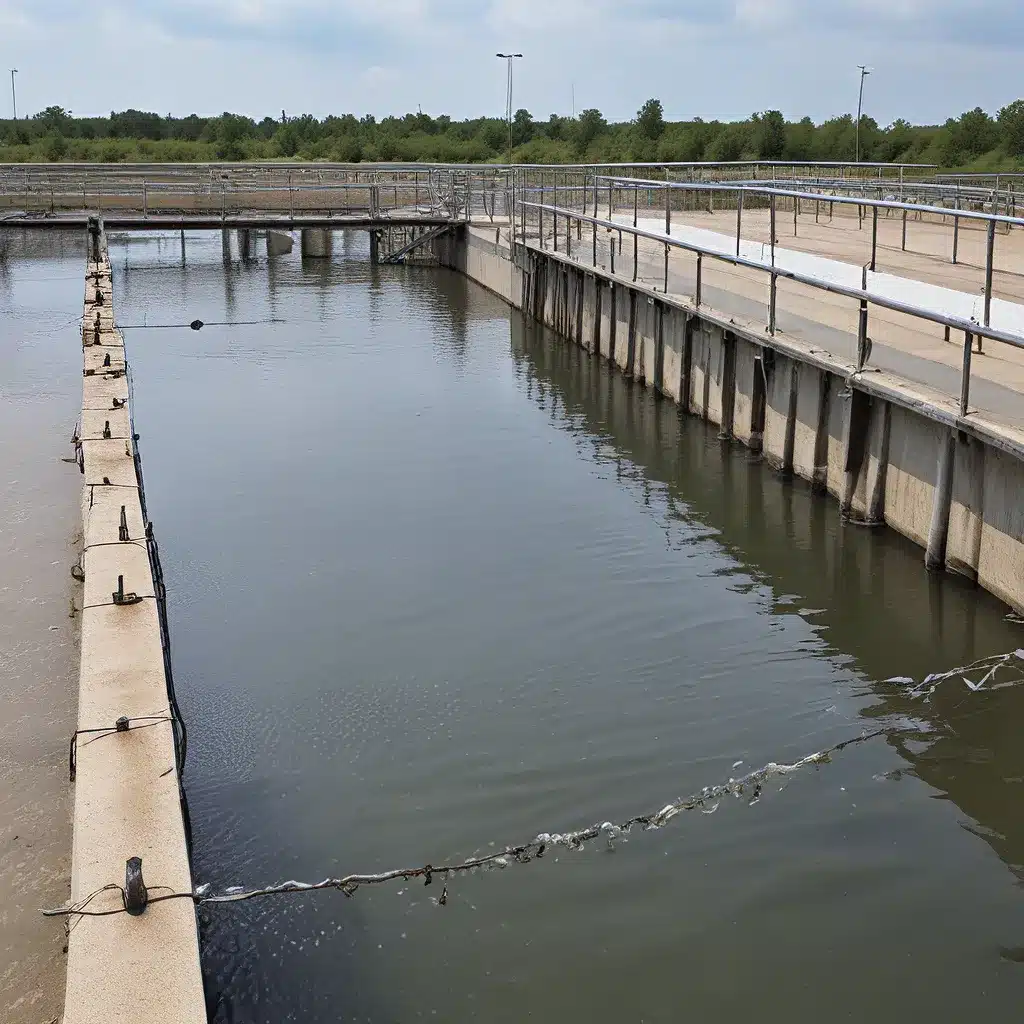
Weathering the Storm: Resilience in Water Treatment
I’ll never forget the day the floodwaters started rising. It was supposed to be a routine maintenance check at our water treatment facility, but Mother Nature had other plans. As I watched the river spill over its banks, threatening to engulf our critical infrastructure, I knew we were in for the fight of our lives.
In times of crisis, resilience becomes our liferaft. Much like those white-knuckle river rafting trips, the road ahead for water treatment professionals is filled with unavoidable rapids and treacherous turns. But with the right tools and a strong support system, we can safely navigate these uncertain waters – and perhaps even emerge stronger than before.
Resilience, as psychologists define it, is the process of adapting well in the face of adversity, trauma, or significant sources of stress. Research shows that resilience isn’t a fixed personality trait, but rather a set of behaviors, thoughts, and actions that can be learned and developed over time. And in an industry like ours, where we’re constantly battling new threats and environmental challenges, building resilience is essential for both our professional and personal well-being.
Tapping into the 4 Cornerstones of Resilience
So, what are the key components of resilience, and how can we cultivate them in the face of adversity? Psychologists point to four core areas:
1. Prioritizing Relationships
When the floodwaters were rising, I couldn’t have gotten through it alone. Reaching out to my colleagues, leaning on the support of my community, and feeling the empathy and validation of those around me gave me the strength to keep pushing forward. Maintaining strong, trust-based relationships isn’t just good for the soul – it’s a critical resilience-building strategy.
2. Prioritizing Wellness
As water treatment professionals, we’re no strangers to physical and emotional stress. But when the going gets tough, it’s easy to neglect self-care. Prioritizing healthy habits like proper nutrition, exercise, and ample sleep can fortify our bodies and minds, equipping us to better manage the demands of our work.
3. Cultivating Healthy Thinking
Our thoughts have a profound impact on our feelings and actions. By identifying and challenging irrational thought patterns – like the tendency to catastrophize or assume the worst – we can adopt a more balanced, optimistic outlook, even in the face of adversity.
4. Finding Meaning and Purpose
When the floodwaters were at their highest, it was the sense of purpose and meaning in my work that kept me going. Connecting with the vital role our facility plays in safeguarding public health and the environment reignited my passion and fueled my determination to overcome the challenge. Tapping into that sense of meaning can be a powerful resilience-building tool.
Weathering the Storm: Resilience Strategies for Water Treatment Professionals
So, how can we put these resilience-building strategies into practice? Here are some actionable steps:
Strengthen Your Support Network: Reach out to colleagues, join industry groups, or get involved with your local community. Cultivating a circle of trusted, empathetic individuals can provide the emotional and practical support you need during tough times.
Prioritize Self-Care: Make time for activities that nurture your physical and mental well-being, whether it’s a weekly yoga class, a healthy meal prep session, or simply taking a few minutes each day to meditate or journal.
Challenge Negative Thinking: When faced with a crisis, it’s easy to fall into the trap of catastrophizing or assuming the worst. Consciously work to identify and reframe these irrational thought patterns, replacing them with a more balanced, hopeful perspective.
Connect to Your Purpose: Reflect on the meaningful impact your work has on public health and the environment. Revisit your professional goals and values, and let that sense of purpose guide your actions and decision-making.
Embrace Change and Flexibility: In an industry as dynamic as ours, adaptability is key. When faced with unexpected challenges, be open to adjusting your plans and strategies. Accepting change as a natural part of life can help you stay grounded and focused.
Learn from the Past: Look back on how you’ve navigated previous crises or difficult situations. What worked well? What lessons can you apply to your current challenges? Tapping into your own resilience “toolkit” can help you respond more effectively.
Seek Professional Support: Sometimes, the challenges we face can feel overwhelming, and we may need additional support. Don’t hesitate to reach out to a licensed mental health professional, such as a psychologist, who can help you develop a personalized resilience-building plan.
Building a Culture of Resilience
Ultimately, cultivating resilience isn’t just an individual pursuit – it’s something we can foster within our organizations and the wider water treatment community. By sharing our stories, best practices, and lessons learned, we can inspire and empower one another to weather any storm.
At Inland Waters, Inc., for example, we’ve made resilience a core part of our company culture. We encourage open communication, celebrate small victories, and provide mental health resources to ensure our team members feel supported and empowered. And when a crisis strikes, we lean on each other, drawing strength from our shared purpose and commitment to our essential work.
The road ahead may be filled with challenges, but by tapping into the power of resilience, we can adapt, grow, and emerge stronger than ever before. So, let’s raise a glass to the resilient water treatment professionals who are weathering the storm, one wave at a time.


